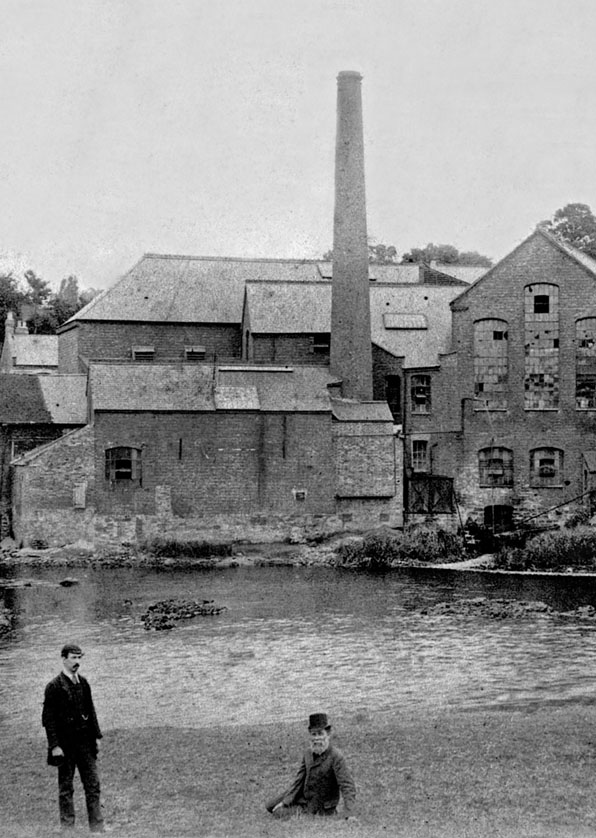Researched by Heritage Advisory Group
Exeter was the centre of the woollen cloth trade in the South West from the medieval period through to the late eighteenth century. By 1700 it involved 1,200 weavers. Many of the cloth merchants belonged to the Guild of the Weavers, Fullers and Shearmen and their headquarters are still at the impressive Tuckers Hall in Fore Street.
The fulling mills and water wheels beside the river Exe provided the power to ‘full’ the cloth – initially kersey and later mostly ‘serge’. When Celia Fiennes visited Exeter in 1698 she wrote ‘the whole town and surrounding countryside for at least 20 miles round is employed in spinning, weaving, dressing and scouring, fulling and drying of serges. It turns the most money in a week of anything in England’.
Stale urine was used to wash the cloth as it contained cleansing agents ammonia and potash. A wooden holding cradle and large hammers, driven by the water wheel, were used to cleanse it further and thicken the fibres. The resulting cloth was then washed in river water to prevent it shrinking and hung on sheds or in rack fields to dry.
The saying ’on tenterhooks’ comes from hanging the serge on tenters, using tenterhooks. The fulling mills were surrounded by fields of racks otherwise known as tenter grounds. Some of these cloth racks were situated on what was later known as Mount Dinham. By 1800 Exeter lost its lead in regional cloth-making. It continued to produce some cloth but the sales were of interest locally rather than on an international scale.
